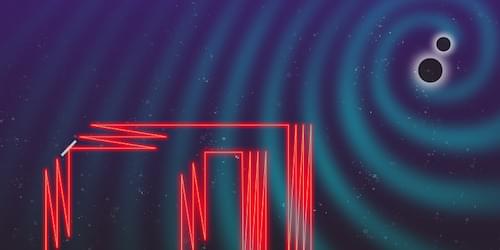It’s hard to think of vaccination without associating it with a sharp jab in the arm. But there are other, more gentle ways of activating the immune system, such as administering vaccines via the nose. Now, researchers at Chiba University, in Chiba prefecture, Japan, and the pharmaceutical company Shionogi have joined forces to explore the exciting potential of nasal vaccines.
One of the most compelling reasons for pursuing nasal vaccines is that they could offer protection against airborne pathogens at their entry point, before they take hold deeper in the body. That’s the role of the mucosal immune system, associated with the mucosal surfaces that line the nose, mouth, airway, digestive tract and genitals. It’s one of the body’s first lines of defence against external threats.
The mucosal immune system is most evident when experiencing the aggravating symptoms that accompany hay fever, such as uncontrollable sneezing, a runny nose and itchy eyes. These are responses of an activated mucosal immune system as it desperately tries to flush or defuse harmless pollen grains from the nasal cavity and eyes.









